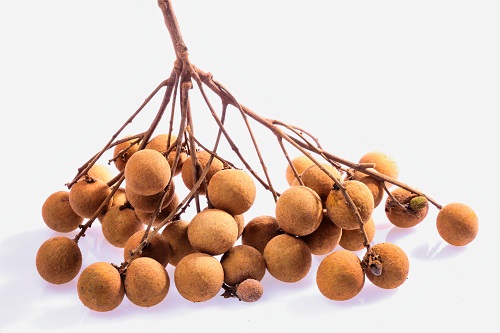There are a number of plants with Chinese names that just roll off the tongue when suggesting plants for feng shui.
Some of which include the peony, golden pothos, lilies, etc.
Another one that people share the same affection for is the Japanese sacred lily.
It’s mandarin name is 万年青 pronounced as wan nian qing. A term that literally translates to green for 10,000 years. Quite an appropriate name for this evergreen plant.
As the name suggest, this plant is native to Japan and has distinctive long thick leaves that are amusingly glossy in appearance. But as the name don’t suggest, this plant don’t look anything like the lily or daylily we generally identify with.
Going by the scientific name rohdea japonica, it also has red berries that will survive through most of winter.

The sacred lily is a very common plant recommended by feng shui practitioners when homeowners want to have green plants indoors. They look lush and has very positive connotations.
It is also often used as an alternative to the pothos for washroom remedies.
Because of the Chinese name of the Japanese lily, it is often found in paintings and artwork to symbolize longevity in the aspects that other symbolic items represent.
For example with the hibiscus, it signifies longevity in honor and wealth.
Paired with the generic lily, it means a peaceful union that last for a long time. No surprise that this is one of the favorite symbols for wedding gifts.
When depicted with lingzhi, it carries the meaning of “as you wish by 10,000 times”. If persimmons are added into the mix, it means success as you wish in everything you do.
Illustrated with the ruyi, it also carries the same meaning as the above trio. But with connotations of government positions.
When a vase is used as the pot for sacred lily, it means ten thousand years of peace. If designs on the vase contain crops, it symbolizes a good harvest in abundance.
When designed with other flowers that represent the 4 seasons, the meaning is convey as the whole year.
Feng shui
As mentioned earlier, the Japanese lily is often used as washroom remedies.
They are also generally used for indoor display areas where residents are trying to bring more greenery into the interiors.
It can also be used for a balcony garden to block off sha chi. But that would be most suitable if the area is in the east, southeast, north or south.
If you windows look too plain, you can place potted sacred lily at the window bay to add some pleasant aesthetics.
While this is a plant that does flower, it is usually insignificant. This makes it useful to enhance the academic star in flying stars feng shui without activating the peach blossom. So kids can draw on academic luck with little distractions in romance.















